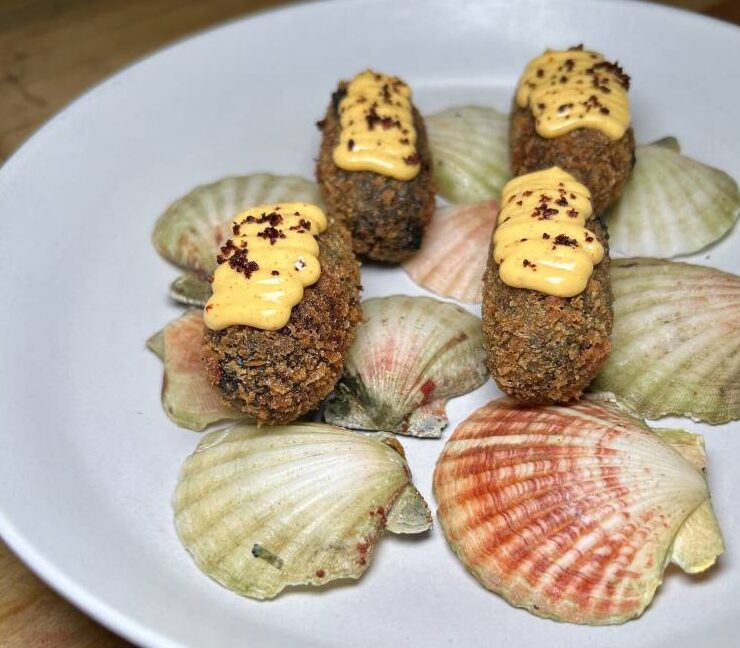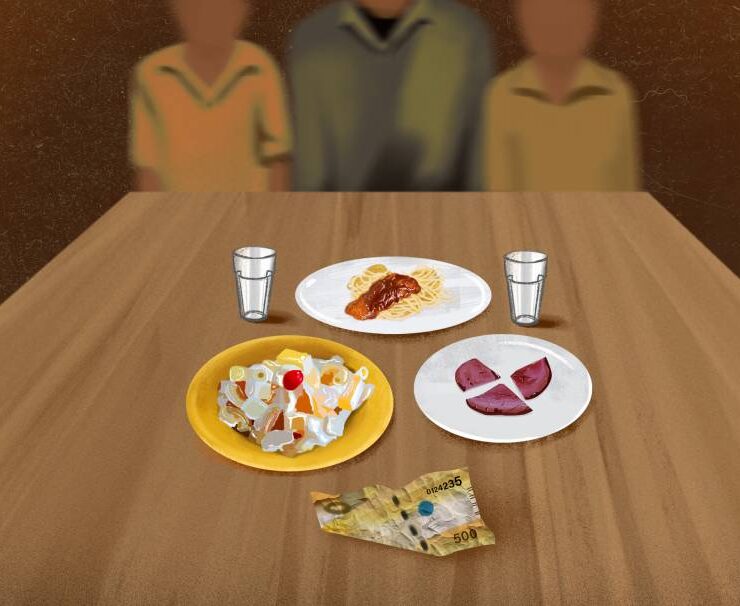Malolos heritage house saved
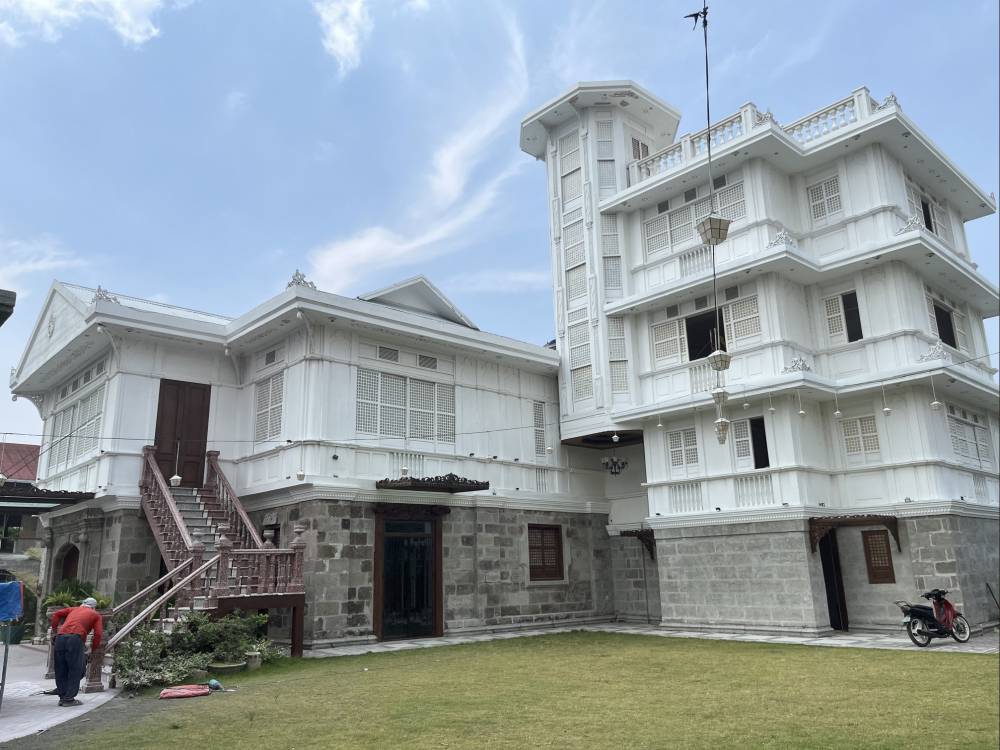
The translocation of heritage structures is a highly contentious approach in heritage conservation, but it is an option given economic reasons, threats posed by natural and man-made disasters, and friction between heirs.
These structures are often houses sold to collectors or developers who would reconstruct them in their areas of choice.
Notable examples include Sitio Remedios in Currimao, Ilocos Norte owned by art patron Joven Cuanang, and Jerry Acuzar’s Las Casas Filipinas de Acuzar in Bagac, Bataan.
The idea of transferring a structure from one place to another is actually not new in the Philippines as evidenced by the Filipino bayanihan, an act where community members help in the transfer of a house, normally a bahay kubo, by carrying it on their shoulders from its current location to a new one.
In essence, the idea behind the Currimao and Bagac heritage parks/resorts is not novel, although these two are bigger in scale.
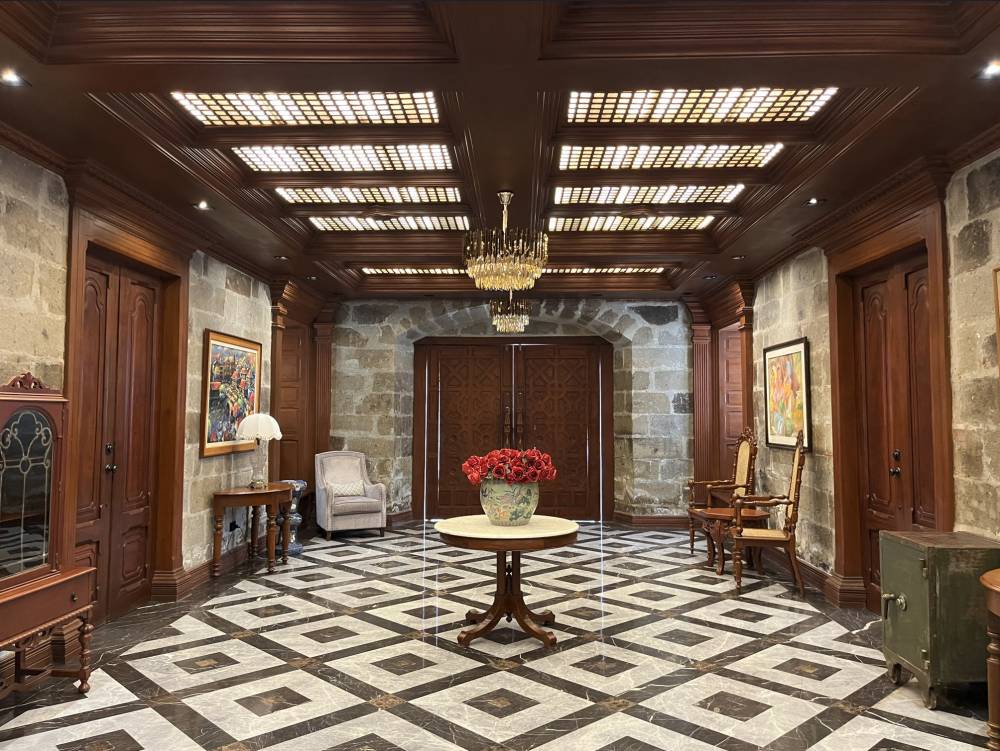
In 1904, couple Hermogenes San Agustin Reyes and Teodora Tiongson Tantoco bought a grand bahay na bato in Bulakan town, possibly located in the Poblacion, and reassembled it on their property at Felix T. Reyes Street in Malolos’ Kamestisuhan District.
The impressive Spanish-era house was accessed through the main portal at its zaguan and its second level, through a red concrete staircase which was an American-era addition. Above the main portal is a relief in stone bearing the date 1904.
The first level is made from blocks of adobe while the second floor is made from hardwood such as narra and molave, with capiz shell windows and ventanillas.
At the back is an extension of the house featuring a tower that terminates at the rooftop balcony.
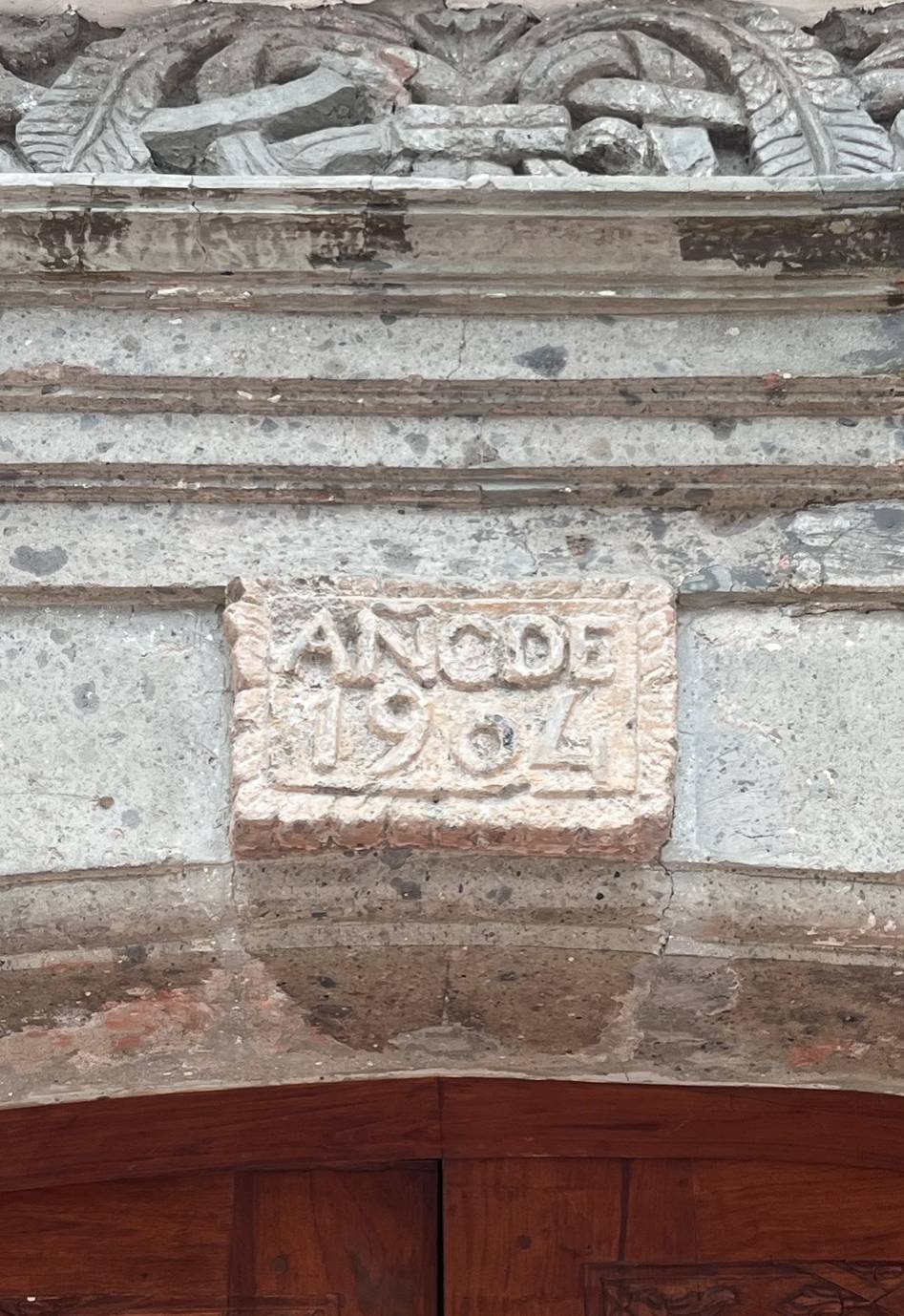
Tourism potential
The house was already scheduled to be sold and transferred to Bagac before the Covid-19 pandemic but was saved from being transferred by Migs Tengco Bautista, the city’s current vice mayor who bought it with the idea of restoring it in situ.
This was after a stakeholders’ meeting organized by the local government through its tourism office with Bautista realized the heritage tourism potential of the house.
From 2022, the house underwent restoration works and was converted into a hotel bearing the name Palacio Real de Santo Niño. It was partially opened in March this year with five rooms. Six rooms on the second floor and the presidential room at the tower area are still under construction. The hotel is scheduled to be fully operational later this year.
In the restoration process, nothing was changed except for the configuration of the rooms, the addition of decorative floor tiles, and a new stairway at the back that copied the design of the older stairway in front.
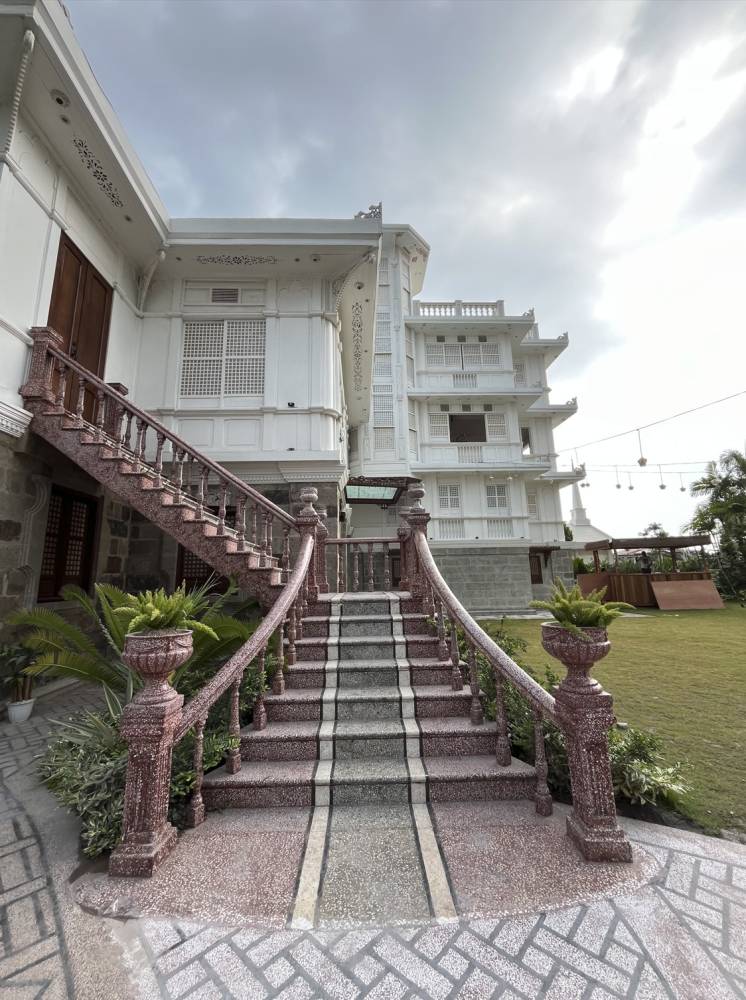
Wood replacements were sourced from Bicol, with Bicolano and Bulakenyo artisans doing the woodworks and carvings.
Cultural worker Roly Marcelino of the city’s tourism office, who is very familiar with the ancestral houses of Malolos, said that even after the intervention works, the soul of the house remains.
It is a good conversation piece on conservation and adaptive reuse of cultural heritage properties in the country, he added.
What spurred Bautista to save and adaptively reuse the house is his interest in history and heritage. He is a descendant of one of the Women of Malolos who fought for their right to education during the late 19th century.
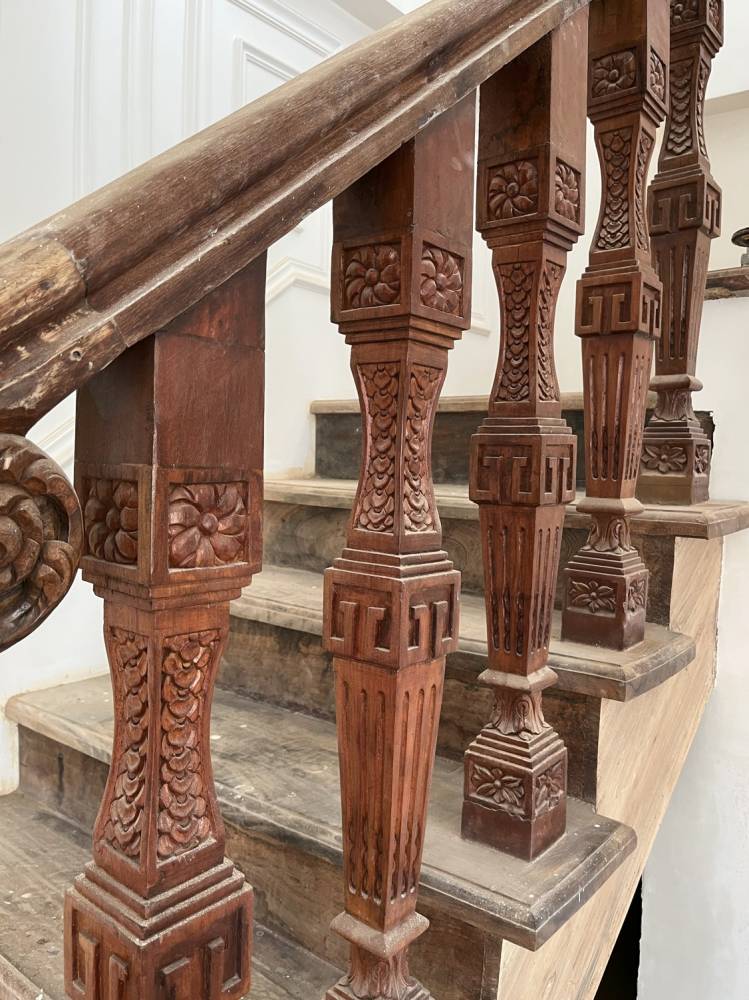
Gino Velasco, the hotel’s acting general manager, said the Palacio is the first heritage hotel in Bulacan that utilizes international standards in its operations.
The hotel and the adjoining 1914 Paulino Reyes Santos-Alberta Santos Uitangcoy house, which is now also owned by Bautista and undergoing restoration works to become the hotel’s restaurant, are expected to boost tourism in Malolos. The restaurant will eventually serve heirloom dishes of Malolos.
Velasco shared that Bautista’s goal is to replicate the good practices of Vigan in heritage conservation, where every heritage house is restored, conserved, and presented to the public as something viable and sustainable. But, the town will not be the “Vigan of Bulacan,” since “Malolos is Malolos.”

















